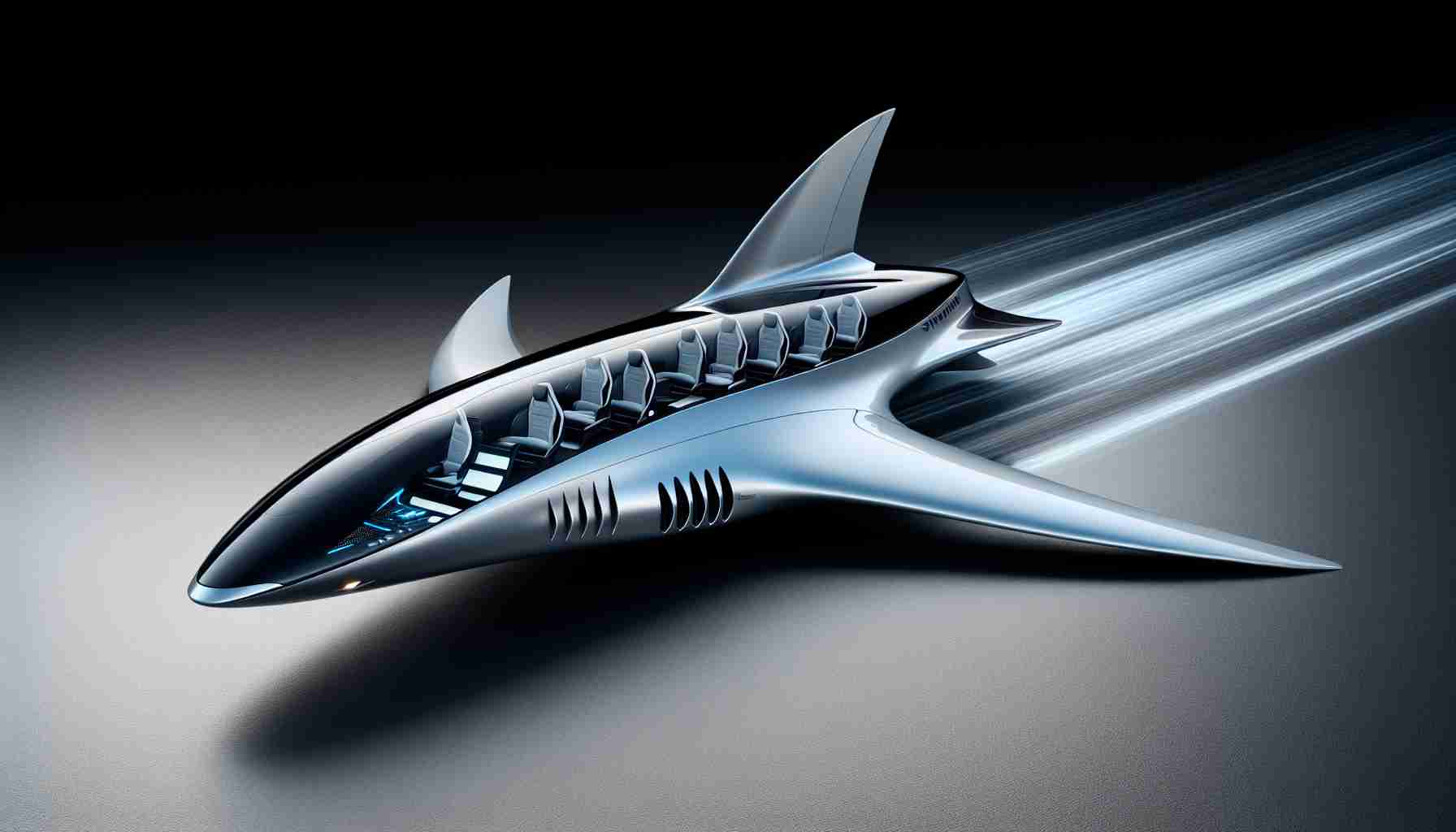- E-commerce machines integrate AI, robotics, and logistics to automate online retail processes, enhancing efficiency and personalization.
- These machines use real-time demand forecasting and price modulation to optimize consumer interaction and inventory management.
- AI and machine learning drive data handling, while robotics automate warehouses and facilitate same-day shipping.
- Blockchain technology secures transactions, increasing transparency and consumer trust.
- E-commerce machines aim to reduce environmental impact by minimizing overproduction and waste through precise inventory management.
- Small businesses benefit from access to advanced technologies, allowing them to compete with larger corporations.
- The innovation in e-commerce is expected to support both commercial growth and ecological sustainability.
In the dawn of a new era, digital retail is poised for a radical transformation through e-commerce machines. These cutting-edge systems, merging artificial intelligence, robotics, and advanced logistics, promise to redefine the dynamics of how businesses and consumers engage in online transactions. Here’s a closer look at how this innovation is reshaping the shopping experience.
A New Paradigm in E-Commerce
E-commerce machines embody a seamless integration of technologies designed to automate the entire online selling process. Picture an intelligent ecosystem that manages everything from customer inquiries to inventory adjustments—all without human intervention. With real-time demand forecasting and price modulation, these machines bring a level of efficiency and personalization previously unimaginable in the retail sector.
The Technology That Powers Change
At the heart of these marvels are AI and machine learning, allowing systems to handle vast data with speed and precision. Robotics enhances this by automating warehouses and delivery, paving the way for ubiquitous same-day shipping. Further adding to this technological trifecta is blockchain, which secures transactions and boosts consumer confidence through transparency.
Implications for Sustainability and Business
The rise of e-commerce machines is set to not only revolutionize commerce but also champion sustainability. By licensing precise inventory management and AI-driven demand predictions, businesses can reduce overproduction and waste, significantly lowering their environmental footprint. This democratization of cutting-edge tech also enables small businesses to compete with established giants, fostering innovation and creating a more diverse market landscape.
As the digital landscape evolves, embracing e-commerce machines could herald a commercial revolution, yielding both ecological benefits and immense growth opportunities. Get ready for an era where enhanced shopping efficiency and environmental stewardship go hand in hand, propelling us towards a brighter, sustainable future.
The Future of Shopping: How E-Commerce Machines Are Changing the Game
What Are the Pros and Cons of E-Commerce Machines?
Advantages:
1. Increased Efficiency: E-commerce machines streamline operations by automating processes, minimizing human error, and optimizing resource use.
2. Personalized Experience: AI-powered systems tailor shopping experiences to individual preferences, enhancing customer satisfaction and loyalty.
3. Sustainability: Precise demand forecasting reduces overproduction and waste, leading to a smaller environmental footprint.
Disadvantages:
1. High Initial Investment: Implementing these advanced technologies requires significant upfront costs, which may be prohibitive for smaller businesses.
2. Data Privacy Concerns: The extensive use of AI and data analytics raises questions about customer data privacy and protection.
3. Job Displacement: Automation could lead to reduced demand for certain jobs in warehousing and customer service.
How Do E-Commerce Machines Impact Market Dynamics?
The integration of e-commerce machines has significant implications for market dynamics:
– Leveling the Playing Field: Smaller businesses can leverage the technology to compete against large corporations, leading to increased market competition and innovation.
– Faster Market Entry: Companies can enter new markets more easily by utilizing AI for market analysis and robotics for efficient order fulfillment.
– Shift in Consumer Expectations: With rapid delivery and personalized services becoming standard, businesses face pressure to continuously innovate to meet customer demands.
What Are the Future Trends and Predictions for E-Commerce Machines?
Future trends in e-commerce machines include:
– Augmented Reality (AR): The integration of AR for virtual try-ons and product demonstrations, enhancing the online shopping experience.
– Voice Commerce: The increase in voice-activated shopping assistants will streamline the buying process and provide hands-free convenience.
– IoT Integration: The combination of the Internet of Things with e-commerce machines will allow for real-time inventory tracking and seamless automated reordering.
Predictions indicate that these innovations will continue to evolve, driving both technological advancements and shifts in consumer behavior, thereby ensuring a dynamic and continually transforming digital retail landscape.
For more insights into how AI and robotics are revolutionizing commerce, explore IBM and for sustainability practices in e-commerce, visit Google.



















